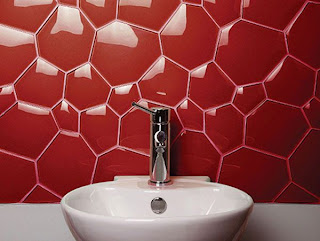

Mixed Use Building By Kois Associated Architects.

Brendon Carlin And Fellow Students At The Architectural...Brendon Carlin and fellow students at theArchitectural Association Design Research Laboratory
have generated an architectural structure by filling Lycra
with liquid plaster and then letting it set.
Called Grompies, the project involved translating a computer-generated pattern into stitched lines across the fabric using a sewing machine and by hand.

Franois Roche and Stephanie Lavaux with Stephan Henrich and Benoit Duradin - FDM piece (via)







































